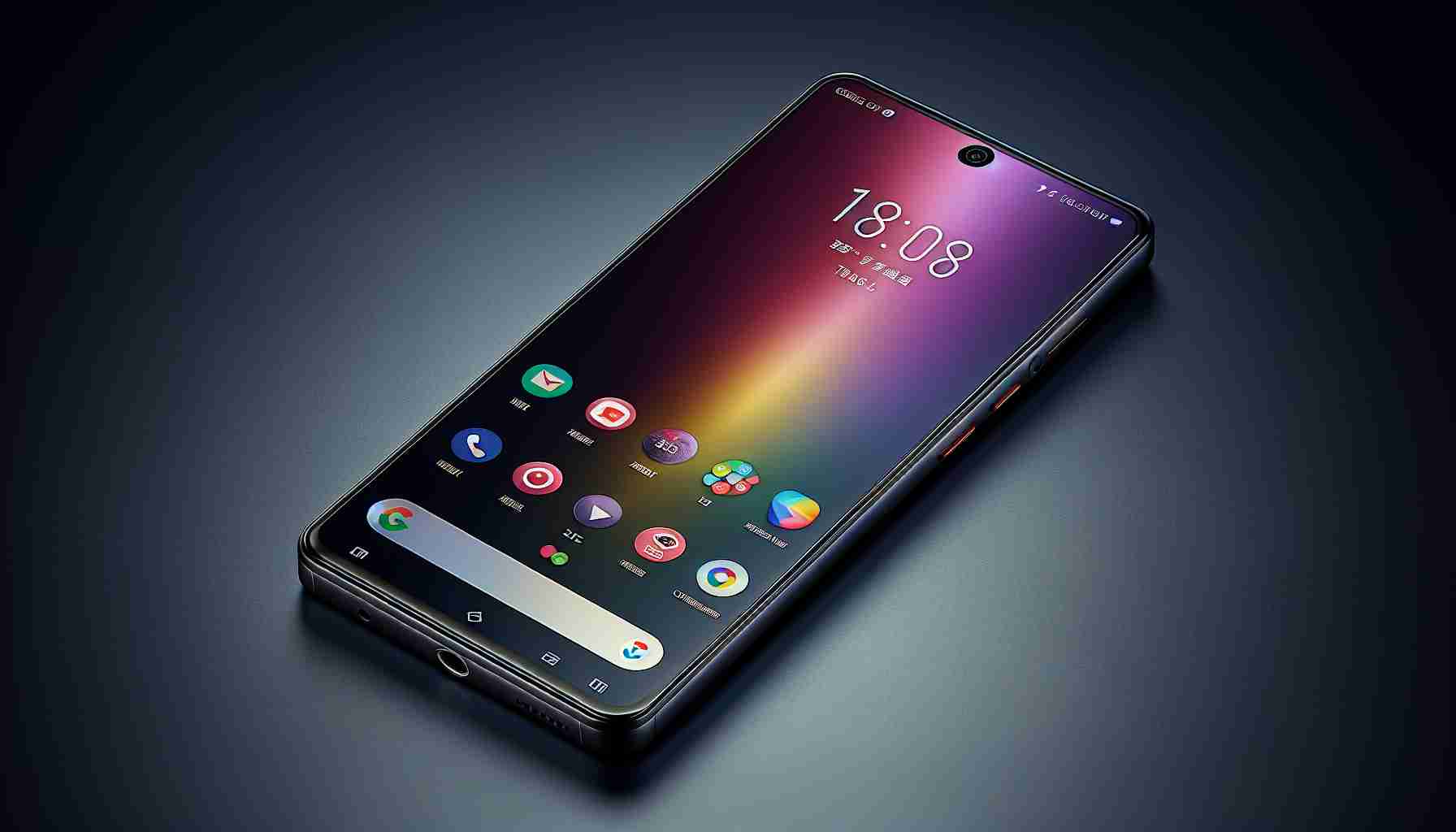In a groundbreaking move, Apple is set to revolutionize the budget smartphone market with the introduction of OLED screens to its iPhone SE series. The upcoming iPhone SE 4 is expected to feature a 6.1-inch OLED display, aligning its design more closely with the flagship iPhone 14. This shift to OLED technology will bring enhanced display qualities, including better contrast ratios and improved color accuracy, to the iPhone SE lineup, setting a new standard for affordable smartphones.
By repurposing advanced technologies from its premium models, Apple showcases its commitment to providing high-quality display technology across all price points. The decision to incorporate OLED screens from the iPhone 14 into the iPhone SE 4 underscores Apple’s strategy to ensure that cost-effective options do not lag behind in terms of display quality.
However, Apple faced challenges in procuring cost-effective OLED panels suitable for the iPhone SE 4. Balancing the need for high quality with affordability proved to be a difficult task. Suppliers like BOE were considered, as giants like Samsung and LG showed tepid interest due to the less lucrative nature of the venture. Ultimately, these challenges resulted in the delay of the iPhone SE 4’s launch to 2025.
Rumors suggest that the iPhone SE 4 will closely mimic the design of the iPhone 14, featuring a similar size and aesthetic, including a reduced notch. This design choice not only modernizes the SE lineup but also provides users with a seamless Apple ecosystem experience. However, it remains uncertain whether the iPhone SE 4 will adopt other advanced features, such as the dual-system camera module or under-display Face ID technology, which are expected to debut in later iPhone models.
As the anticipation builds for the iPhone SE 4’s expected launch in 2025, it has the potential to redefine consumer expectations for budget smartphones. By offering high-end features like OLED display technology at a more accessible price, Apple could set a new benchmark for what consumers expect from affordable smartphones. This move may also intensify competition among manufacturers to offer premium features in their budget-friendly models.
Overall, Apple’s incorporation of OLED screens from the iPhone 14 into the iPhone SE 4 reflects the company’s dedication to enhancing the user experience across all price points. This decision may influence future trends in the smartphone industry, as consumers continue to seek a balance between affordability and high-quality technology.
FAQ Section:
1. What is the upcoming iPhone SE 4 expected to feature?
The upcoming iPhone SE 4 is expected to feature a 6.1-inch OLED display, aligning its design more closely with the flagship iPhone 14.
2. What are the benefits of incorporating OLED screens into the iPhone SE lineup?
Incorporating OLED screens brings enhanced display qualities, including better contrast ratios and improved color accuracy, to the iPhone SE lineup, setting a new standard for affordable smartphones.
3. Why did Apple face challenges in procuring cost-effective OLED panels for the iPhone SE 4?
Apple faced challenges in finding cost-effective OLED panels suitable for the iPhone SE 4 due to the need to balance high quality with affordability. Suppliers like BOE were considered, but giants like Samsung and LG showed tepid interest.
4. When is the expected launch date for the iPhone SE 4?
The launch of the iPhone SE 4 was delayed to 2025.
5. What design choices are rumored for the iPhone SE 4?
Rumors suggest that the iPhone SE 4 will closely mimic the design of the iPhone 14, featuring a similar size and aesthetic, including a reduced notch.
6. Will the iPhone SE 4 adopt other advanced features?
It remains uncertain whether the iPhone SE 4 will adopt other advanced features such as the dual-system camera module or under-display Face ID technology, which are expected to debut in later iPhone models.
Definitions:
– OLED: OLED stands for Organic Light-Emitting Diode. It is a display technology that offers better contrast ratios, improved color accuracy, and thinner profiles compared to traditional LED displays.
Related Links:
– Apple
– Samsung
– LG
The source of the article is from the blog kunsthuisoaleer.nl
